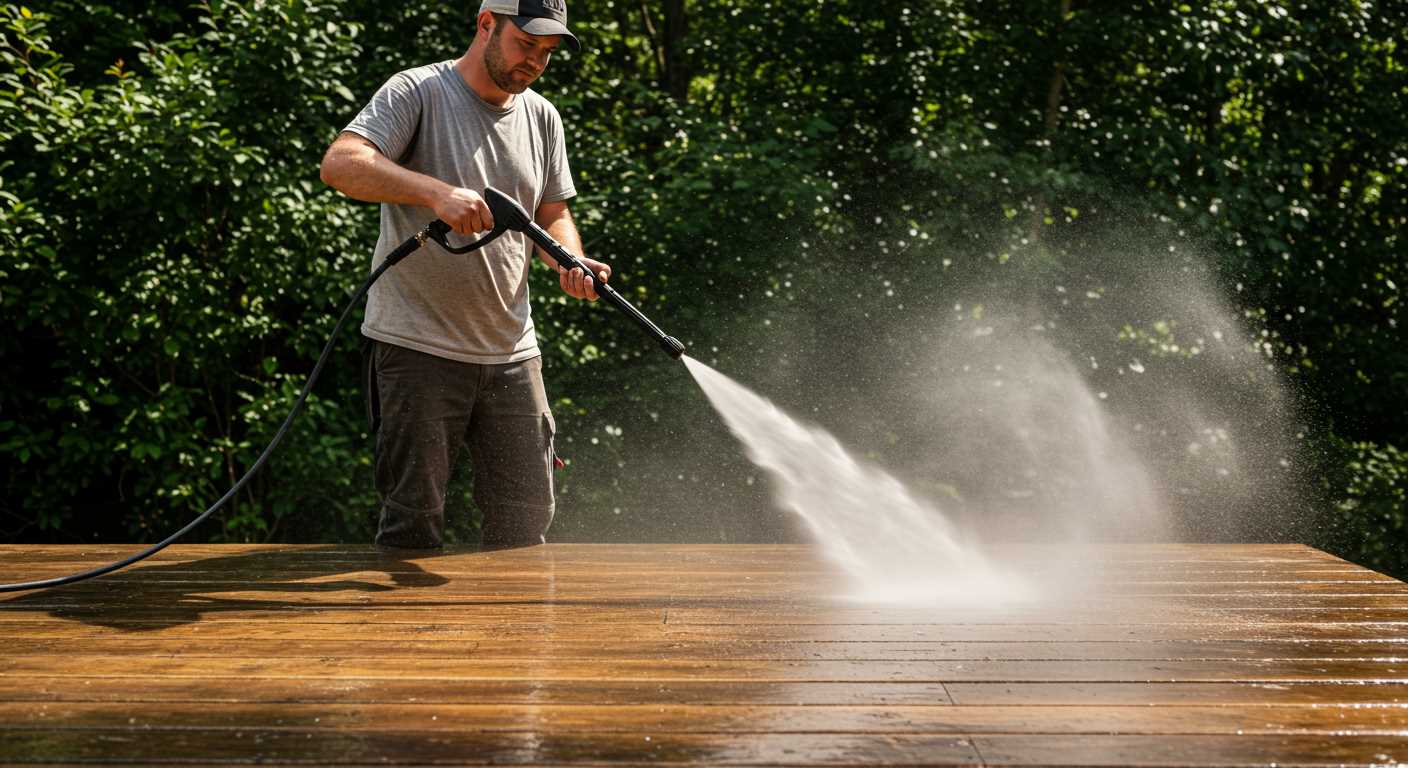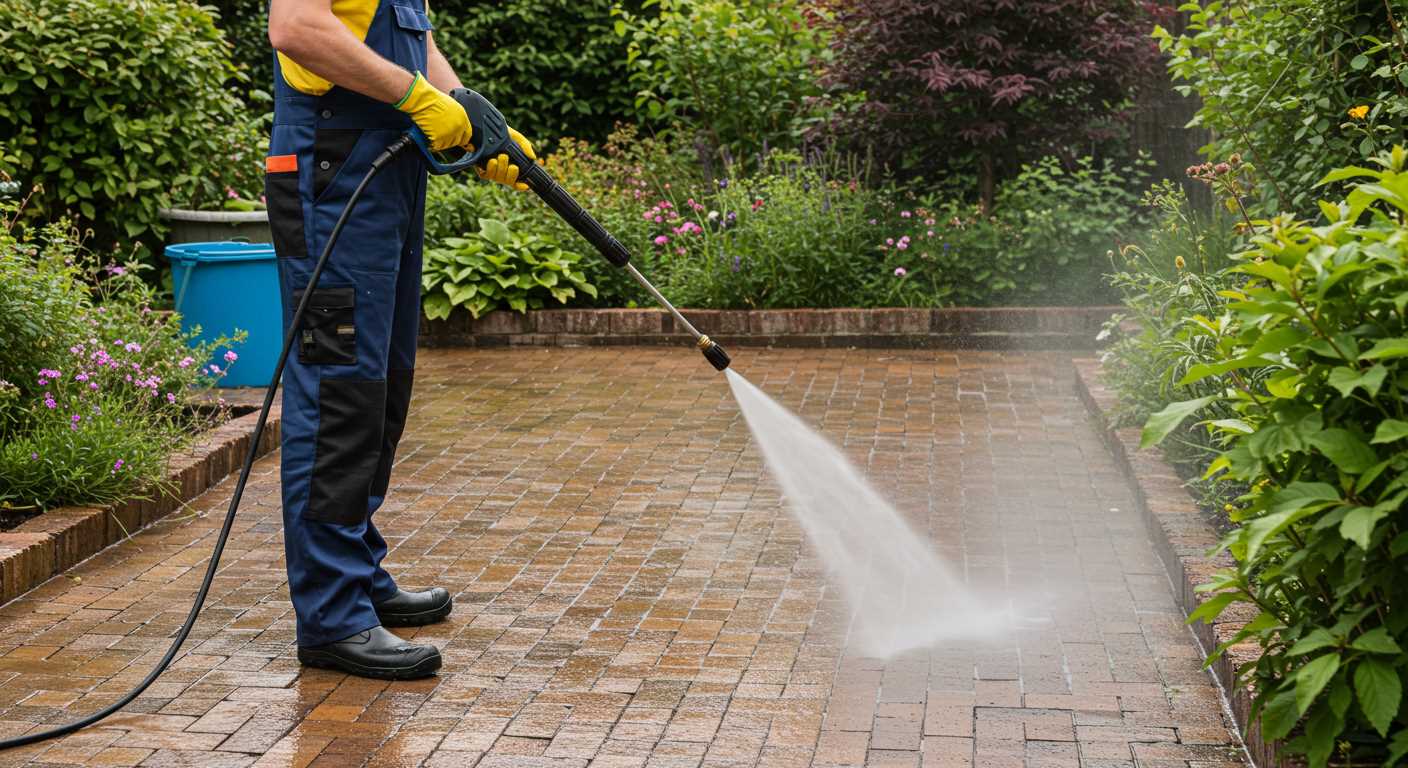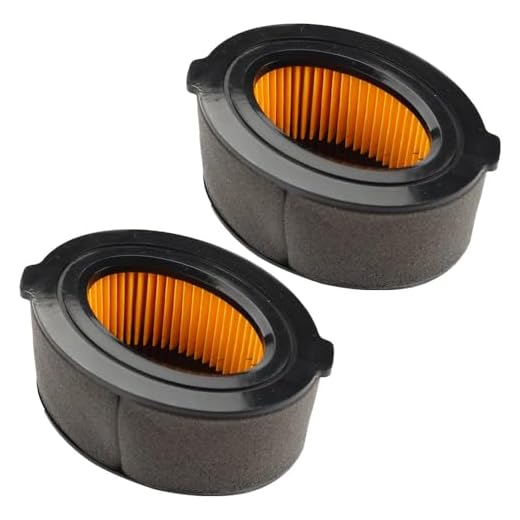

If you observe a light haze emerging from your cleaning device, the first step is to check the oil reservoir. Overfilling the oil can lead to excessive pressure in the engine, causing it to emit white vapours. Ensure that the oil level is within the recommended range to prevent this issue.
Furthermore, consider the type of fuel being used. Mixing fuel with the wrong oil ratio can result in incomplete combustion, producing a similar white mist. Always refer to the manufacturer’s guidelines for fuel specifications to avoid complications.
Next, inspect the device for any signs of blockages in the spray wand or hoses. A restricted flow can cause the machine to work harder, leading to overheating and, consequently, the release of white smoke. Regular maintenance and clearing any obstructions will help ensure optimal performance.
If these steps do not resolve the issue, the problem may lie within the internal components, such as the piston rings or cylinder head. A worn or damaged part could lead to oil entering the combustion chamber, producing a smoky appearance. In such cases, consulting a professional technician for a thorough inspection is advisable.
Understanding the Causes of White Smoke from Pressure Washers

If your machine is emitting a pale haze, consider the following potential issues:
- Oil Presence: Check the oil levels. An overfilled crankcase can lead to oil being forced into the combustion area, resulting in a white cloud.
- Incorrect Fuel Mix: For two-stroke engines, using the wrong fuel-to-oil ratio can create a similar situation. Ensure you follow manufacturer guidelines strictly.
- Fuel Quality: Stale or contaminated fuel can alter combustion characteristics, producing an undesirable exhaust. Always use fresh, clean fuel.
- Clogged Air Filter: A blocked air intake restricts airflow, which may disrupt the fuel-air mixture. Regular maintenance of the air filter is essential.
- Cooling System Issues: Check for blockages in the cooling ducts. Overheating can lead to burn-off of lubricants, causing excess vapour.
- Exhaust Blockage: Inspect the exhaust system for any impediments. A restricted exhaust can lead to increased pressure and backflow of vapours.
In cases where the issue persists, consulting a professional or referring to the user manual for detailed troubleshooting is advisable. This ensures safe and effective operation of your equipment.
Common Signs of Engine Overheating in Pressure Cleaners

I often encounter equipment showing clear indicators of excessive heat, which can lead to significant damage if not addressed promptly. One of the most recognizable signs is a noticeable increase in operational noise. A struggling motor often sounds louder than usual, indicating it’s working harder than it should be.
Another telltale sign is an unusual smell; if you detect a burnt odour, it signifies that components are overheating. Pay close attention to the exterior of the machine; if it feels excessively hot to the touch, the engine might be running hotter than typical parameters allow. Additionally, leaking fluids around the engine area can hint at overheating, resulting in gaskets or seals failing due to thermal stress.
Visual Indicators
Look for any visible smoke or steam emanating from the engine. This can indicate that internal temperatures have exceeded safe levels. On a similar note, check for discoloration on engine components, particularly metal parts that may have turned blue, signalling extreme heat exposure.
Performance Issues

Reduced power output is a clear indication that the machine struggles under heat stress. If the cleaner performs slower or lacks the usual cleaning strength, it might be due to an overheated engine. Frequent shut-offs during operation can also point to overheating, as many units are designed to halt functioning to prevent further damage.
Regular monitoring of these signs can help in maintaining the longevity of your equipment and ensuring optimal performance during use.
Checking Oil Levels and Quality to Prevent Smoke
Regularly inspect the oil levels in your equipment to maintain proper function and prevent overheating. Ensure the oil is within the designated range on the dipstick to avoid unnecessary strain on the engine.
High-quality oil is paramount. Use lubricants recommended by the manufacturer for optimal performance. I recommend synthetic oils for improved stability and temperature control.
Moreover, examine the oil’s condition. Dark, gritty, or milky oil indicates contamination. Change the oil promptly in such cases to prevent any damage to internal components.
After every few uses, check for leaks around gaskets and seals. Leaking oil can lead to insufficient lubrication and damage over time.
Lastly, always follow the service intervals specified in the manual. Routine maintenance not only extends the life of your equipment but also reduces the likelihood of operational issues, including smoke generation.
Identifying Fuel Type Issues Linked to White Smoke

Check the fuel being used; a blend of oil and gasoline can create excessive vapours, resulting in a noticeable haze. Ensure you’re using the right fuel mixture as specified by the manufacturer for two-stroke engines. A higher oil content than recommended may lead to an incorrect combustion process, producing unwanted emissions.
Observe the colour of the fuel. Stale or contaminated gasoline can also trigger a cloud of vapour during operation. If the liquid has been stored for an extended period or shows signs of discolouration, replacing it is advisable to restore performance and efficiency.
Consider the fuel system, particularly the fuel filter and lines. Clogs can disrupt flow, causing an improper air-fuel mixture that leads to incomplete combustion. Regular cleaning or replacement of filters can eliminate this issue.
Evaluate the spark plug; a worn or fouled spark plug may not ignite the fuel properly, contributing to an inefficient burning process. Replacing the spark plug at regular intervals is crucial to maintaining optimal function.
Finally, never ignore any smell or unusual sounds during operation. Strange odours can reveal deeper issues within the engine, often linked to fuel mishaps. Addressing these symptoms swiftly can prevent further complications down the line.
Inspecting the Air Filter for Clogs and Blockages
First, ensure the air filter is clean and free from debris. A clogged filter restricts airflow, contributing to overheating and, consequently, unwanted emissions. Remove the cover to access the filter, and inspect it visually for dirt buildup or damage.
Cleaning the Air Filter
If the filter appears dirty, use a soft brush or compressed air to remove loose particles. Avoid using water unless the manufacturer’s guidelines specify that it’s safe. After cleaning, check the filter’s material for wear; replace it if it looks worn out or has tears.
Regular Maintenance Practices

It’s advisable to incorporate air filter inspections into your regular maintenance routine. Change the filter according to the manufacturer’s recommendations, typically every few months or after a specified number of operating hours. Keeping the filter clean not only enhances the machine’s performance but also prolongs its lifespan.
Paying attention to the air filter will significantly help in reducing the likelihood of engine issues and associated unwanted emissions. Regular checks will ensure smooth operation when using your equipment.
When to Seek Professional Help for Pressure Washer Problems

If you notice persistent issues with your cleaning equipment, especially after checking the basics like oil levels, fuel type, and air filter, it’s time to consult a technician. Signs of ongoing difficulties can include continuous engine overheating, unsuitable smoke emissions, or abnormal noise levels. Don’t hesitate–waiting can lead to more significant damage.
Specific Warning Signs
If your device struggles to start or runs inconsistently, despite following standard maintenance procedures, professional help may be necessary. Unusual vibrations during operation and frequent stalling also indicate potential underlying issues that require expert assessment. Listen closely; odd sounds can reveal problems that are otherwise invisible.
Maintenance Overlooked
If comprehensive inspections didn’t resolve the complications, and routine maintenance was skipped, reaching out to a service provider can prevent further repairs. A qualified technician can provide insights into deeper issues affecting performance, ensuring the longevity of the equipment. Regularly scheduled maintenance checks can also save on future repair costs.








